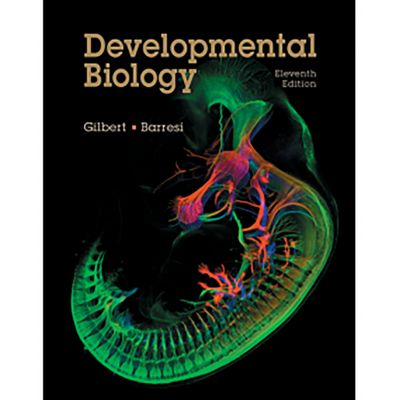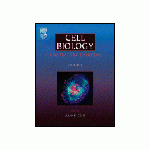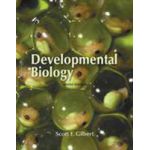Developmental Biology

DESCRIPTION
There are several new modes of teaching that the new Gilbert and Barresi textbook now makes accessible. The videos explaining development—as well as Mary Tyler's laboratory manual and Vade Mecum—are fully integrated into the book, and several other valuable new elements have been added:
Opening Question and Photo: Inviting the student into the text and engaging curiosity, each chapter begins with a photograph and short question that will be revisited throughout the chapter and in a summary paragraph at the end.
The Punchline: More than a chapter outline, this opening paragraph provides the student with a quick overview of the big principles that will be exemplified in the chapter.
Dev Tutorials: A teacher you can take with you, each chapter will be accompanied by a professionally produced video tutorial by the authors that reinforce the key concepts. Each video is also supplemented with an in-class case study activity.
Watch Developments: Putting concepts into action, these informative videos show real-life developmental biology processes.
Developing Questions: Building on topics explained in the text, these questions provide students an entryway for independent research in emerging areas and empower them to engage in class discussion.
Scientists Speak: In these online resources and interviews, leading researchers discuss foundational and emerging topics in developmental biology.
Web Topics: These links provide additional information on historical, philosophical, and ethical perspectives on issues in developmental biology, as well as cutting edge enrichment topics.
Snapshot Summary: This closing feature provides a step-by-step breakdown of the chapter text.
Closing Thoughts on the Opening Photo: Coming full circle, this feature relates chapter concepts back to the Opening Question and Photo.
Patterns and Processes of Becoming: A Framework for Understanding Animal Development
1. Making New Bodies: Mechanisms of Developmental Organization
2. Specifying Identity: Mechanisms of Developmental Patterning
3. Differential Gene Expression: Mechanisms of Cell Differentiation
4. Cell-Cell Communication: Mechanisms of Morphogenesis
5. Stem Cells and Their Niches: Cell Generation and Regeneration
Gametogenesis and Fertilization: The Circle of Sex
6. Sex Determination and Gametogenesis
7. Fertilization: Beginning a New Organism
Early Development: Cleavage, Gastrulation, and Axis Formation
8. Rapid Specification in Snails and Nematodes
9. The Genetics of Axis Specification in Drosophila
10. Sea Urchins and Tunicates: Deuterostome Invertebrates
11. Amphibians and Fish
12. Birds and Mammals
Building with Ectoderm: The Vertebrate Nervous System and Epidermis
13. Neural Tube Formation and Patterning
14. Brain Growth
15. Axons and Neural Crest Cells
16. Epidermis and Ectodermal Placodes
Building with Mesoderm and Endoderm: Organogenesis
17. Paraxial Mesoderm: Segmentation and Somite Differentiation
18. Intermediate and Lateral Plate Mesoderm: Blood, Heart, and Kidneys
19. The Tetrapod Limb
20. Endoderm: Tubes and Organs for Digestion and Respiration
Postembryonic Development
21. Metamorphosis
22. Regeneration
23. Aging
Development in Wider Contexts
24. Development in Health and Disease: Birth Defects, Endocrine Disruptors, and Cancer
25. Development and the Environment: Biotic, Abiotic, and Symbiotic Regulation of Development
26. Development and Evolution: Developmental Mechanisms of Evolutionary Change
Book categories
-Special order
-Publishers
-Promo
-Callisto Publications
-New books
-- 670,95 leiMRP: 745,50 lei
- 226,80 leiMRP: 252,00 lei
- 463,05 leiMRP: 514,50 lei
Promotions
-- 1365,00 leiMRP: 1575,00 lei
- 330,75 leiMRP: 367,50 lei
- 367,50 leiMRP: 420,00 lei


















OUR VISITORS OPINIONS